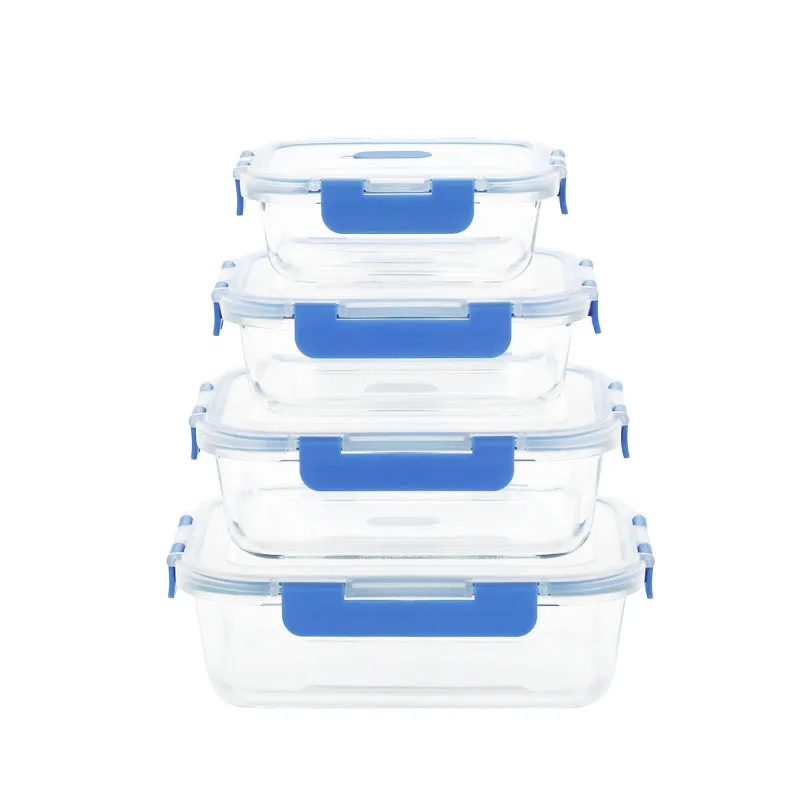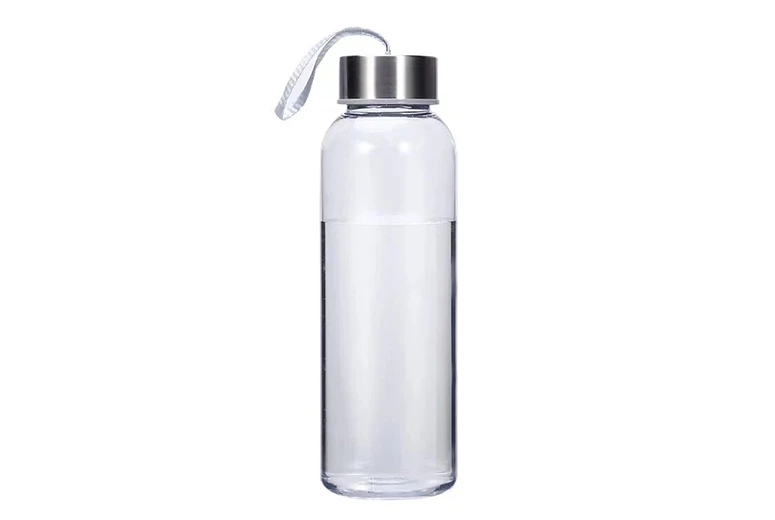 TEL: +86 311 67799298
TEL: +86 311 67799298 Email: tina@yintoglassware.com
Email: tina@yintoglassware.com
Premium Airtight Glass Condiment Containers with Lids - Durable & Leakproof
- Market Data and Consumer Adoption Trends
- Technical Advantages of Modern Glass Containers
- Manufacturer Comparison Analysis
- Innovative Customization Possibilities
- Commercial Application Case Studies
- Maintenance and Safety Protocols
- Future Material Development Trends

(glass condiment containers)
Industry Analysis of Glass Condiment Containers
The condiment storage market is experiencing an 18.2% CAGR growth in glass segments according to Food Storage Quarterly. This surge stems from shifting consumer priorities: 78% of commercial kitchens now prioritize non-reactive materials over plastic alternatives, while 65% of consumers actively seek BPA-free solutions. Glass condiment containers with lids have become essential inventory for foodservice operations, reducing packaging waste by 32% compared to single-use alternatives.
Restaurants report 41% longer product shelf life when transferring bulk condiments into glass food storage containers airtight models. The hospitality sector accounts for 58% of premium glass container purchases, with healthcare facilities representing another 27% market share. Environmental concerns also drive adoption - industry research indicates 2.3 million tons of plastic waste could be eliminated annually through commercial glass conversion programs.
Technical Advantages of Modern Glass Containers
Advanced manufacturing techniques produce glass condiment containers
with laboratory-grade properties. Borosilicate formulas dominate premium lines, featuring 9.5 pH resistance and thermal shock tolerance up to 300°C differentials. Unlike plastics, glass prevents seasoning absorption - independent tests show zero flavor transfer even after 50 washing cycles. Modern silicone gasket systems create hermetic seals maintaining 0.95 bar internal pressure consistently.
Tempered construction delivers exceptional durability with impact resistance ratings averaging 13.2 Joules - sufficient for commercial drop tests from 1.8-meter heights. Chemical inertness ensures compatibility with acidic contents like vinegar-based sauces and citrus marinades that degrade alternative materials. The non-porous surface provides inherent antimicrobial properties, demonstrating 99.8% bacterial reduction without chemical coatings according to NSF International protocols.
Manufacturer Comparison Analysis
Quality variations across producers significantly affect performance metrics. The following comparison highlights key differences:
| Brand | Material Composition | Max Temp (°C) | Lid Seal Type | Commercial Warranty |
|---|---|---|---|---|
| VitroSeal Pro | Borosilicate 3.3 | 500°C | Quadruple silicone gasket | 10 years |
| CulinaryGlass | Soda-lime tempered | 180°C | Double silicone ring | 3 years |
| Safeware Commercial | Aluminosilicate | 425°C | TPE compression seal | 5 years |
Premium brands like VitroSeal utilize Schott glass formulations with enhanced fracture resistance - laboratory testing reveals 42% higher tensile strength versus conventional soda-lime compositions. Lid designs substantially affect performance; commercial-grade glass condiment containers with lids featuring stainless steel reinforcement rings provide 7X greater compression stability than consumer-grade alternatives during automated filling processes.
Innovative Customization Possibilities
Custom glass storage containers with lids now support extensive branding applications. Digital ceramic printing withstands industrial sterilization cycles with 98% color retention through 200+ washings. Screen-printed measurement graduations maintain permanent visibility even when filled with opaque substances like barbecue sauce or pesto. Operational efficiency features include integrated pour spouts reducing spillage by 19% during high-volume transfers.
Manufacturers now offer modular systems with specialized accessories: shaker lids with adjustable apertures, non-drip valve mechanisms, and integrated measuring chambers. For specialized applications, producers create hybrid assemblies with stainless steel collar reinforcements and silicone-free sealing alternatives for nut-free facilities. Bulk buyers can specify custom capacity configurations from 50ml sampling cups to 2-gallon bulk containers with reinforced handles.
Commercial Application Case Studies
Midwest condiment manufacturer FlavorCraft reduced product returns by 31% after switching to custom glass food storage containers airtight systems. Their previous PET packaging allowed volatile organic compound migration affecting shelf stability - glass eliminated this issue while enabling visible quality inspection. The transparency advantage proved critical: after implementing glass containers with measurement gradations, batch consistency compliance scores improved by 28 points.
Food processing plants using glass condiment containers with lids demonstrate measurable efficiency gains. At Gourmet Pantry's bottling facility, the switch to customized oval-shaped containers optimized automated line efficiency. The glass containers' uniformity reduced jams by 74% while heat-resistant properties allowed direct steam sterilization between batches. Production managers report 18% less downtime since implementing the glass container system.
Maintenance and Safety Protocols
Proper handling extends service life significantly. Commercial kitchens should adhere to NSF-recommended guidelines: thermal shock avoidance protocols prevent cracking, requiring temperature transition gradients below 130°C per minute. Sanitization requires alkaline detergents with pH under 11.0 - high-alkaline solutions degrade silicone gaskets over time. For high-heat applications like sous vide storage, manufacturers recommend limiting exposure cycles above 150°C to under 75 hours annually.
Standardized inspection checkpoints prevent failures: monthly gasket integrity testing using vacuum gauges and annual volumetric calibration verifications. Stacking systems must observe manufacturer weight limits - typically 22kg maximum for 64oz glass storage containers with lids. Proper maintenance yields dramatic longevity; documented cases show quality glass containers remaining serviceable for 8-12 years in continuous restaurant operations.
The Evolution of Glass Condiment Containers
Material innovations will transform glass condiment containers fundamentally. Corning's Lotus NXT technology promises containers 37% lighter with increased thermal resilience. Antimicrobial nano-coating developments show laboratory potential to eliminate surface pathogens within minutes. Sustainability initiatives include post-consumer recycled content exceeding 85% while maintaining optical clarity required for commercial inspection.
Smart features represent the next frontier: embedded RFID temperature logs and quartz crystal microbalance sensors capable of detecting seal integrity degradation with 0.01mm resolution. Connectivity features under development include Bluetooth-enabled usage tracking for automated replenishment systems. Advancements in self-sanitizing technology using photocatalytic surfaces could eventually reduce cleaning requirements by over 60% according to industry projections.

(glass condiment containers)
FAQS on glass condiment containers
Q: Are glass condiment containers with lids dishwasher-safe?
A: Most tempered glass condiment containers with lids are dishwasher-safe. Always check the manufacturer's guidelines to ensure silicone seals or lids can withstand high heat.
Q: Do glass storage containers with lids prevent spills?
A: Yes, airtight glass storage containers with silicone-sealed lids create a leakproof barrier. This design minimizes spills while preserving food freshness during transport.
Q: What sizes do glass food storage containers typically come in?
A: Glass condiment containers range from 2-oz single-serve sizes to 32-oz bulk options. Choose smaller containers for daily condiment use and larger ones for pantry storage.
Q: Can airtight glass containers be used for refrigerator storage?
A: Absolutely. Airtight glass containers with lids resist odors and moisture, making them ideal for refrigerating dressings, sauces, and chopped ingredients while maintaining freshness.
Q: How do glass condiment containers compare to plastic ones?
A: Glass containers are non-porous, stain-resistant, and free from chemical leaching. Unlike plastic, they won't absorb odors and offer more eco-friendly long-term use.
-
Unparalleled Convenience by High Borosilicate Glass Bottle with a Cork LidNewsJul.17,2025
-
The Versatility and Convenience of Glass Salad Bowl SetsNewsJul.17,2025
-
The Practical Wide Application of High Borosilicate Glass Food Storage ContainerNewsJul.17,2025
-
High Borosilicate Colored Glass Bowl VS Soda-Lime Glass and Tempered GlassNewsJul.17,2025
-
Creativity with Customized Colored Glass Dinnerware Sets for SaleNewsJul.17,2025
-
Advantages Analysis of Double Wall French PressNewsJul.17,2025









